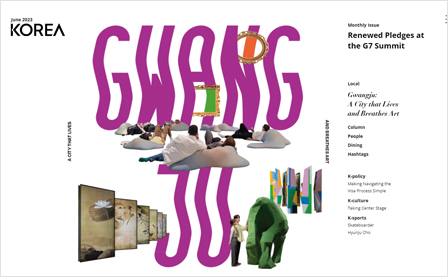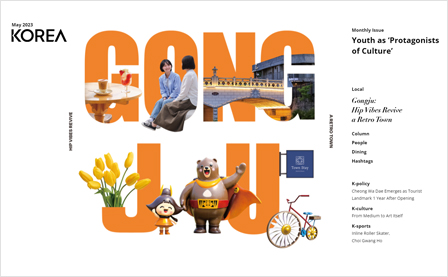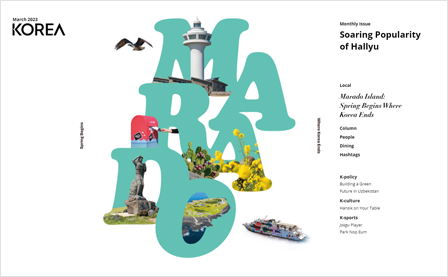July 2023

Local
People1
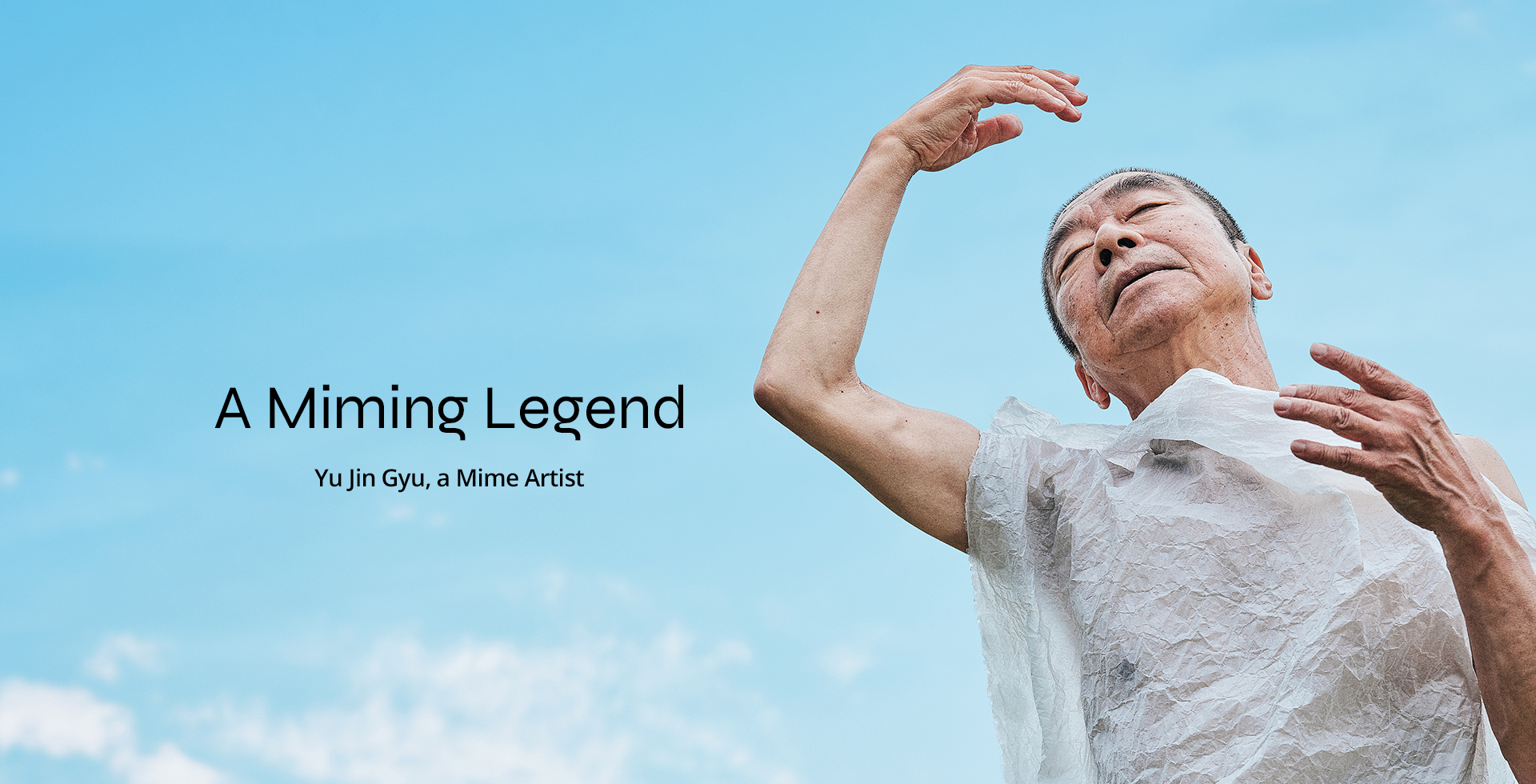
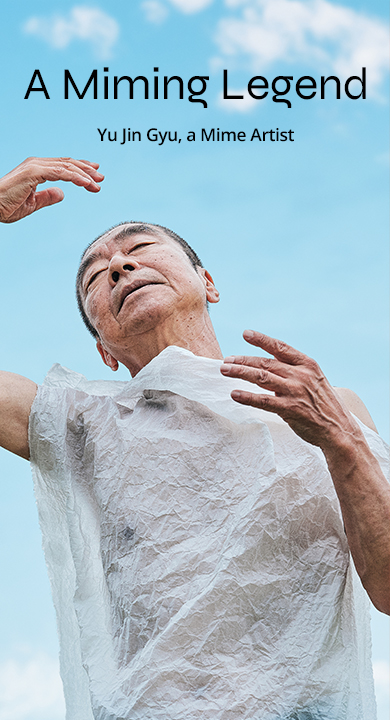
Photos courtesy of Plugvisual
When discussing Chuncheon, one cannot leave out the “Chuncheon International Mime Festival.” It’s a popular festival bringing the otherwise intricate and specialized art of mime accessible and enjoyable to everyone. In particular, the Chuncheon International Mime Festival is listed as a world-class festival, standing shoulder to shoulder with France’s Mimos Mime Festival and U.K.’s London Mime Festival. There is a man who was responsible for raising the Chuncheon International Mime Festival to the ranks of the top three mime festivals in the world—the first-generation Korean mime artist, Yu Jin Gyu.
A Mime Journey Dating Back 50 Years
Yu—a mime artist—employs his own body as the very tool and his body itself become the work. Reflecting on his mime journey that dates back over 50 years, Yu stated, “I grew up near a zoo. I nurtured a deep desire to become a veterinarian, envisioning a life intertwined with animals. Driven by this passion, I pursued a university education in veterinary science, only to be disheartened by the lack of freedom in college life at that time. I was disillusioned. That’s about when I veered towards theater.”
Choosing to fully immerse himself in theater, Yu made the decision to drop out of school and join a theater group. That is when he first encountered mime , enamored by the inherit charm of mine that transcends language, communicating through the body. From his very first mime performance, ”The Unfair Thief,” at the age of 20 in 1972, his life as a mime began to unfold.
As it started from European mime, Yu and the crew dedicated himself to tireless practice in the early stages to master their techniques. However, along the way, he started to feel a sense of disillusionment. Afterward, he began to explore his own artistic world with a writer’s spirit. However, in 1981, along with his marriage, he suddenly declared his retirement and moved to the countryside near Chuncheon. For a while, he raised cows and operated a cafe, living his life in that tranquil environment.
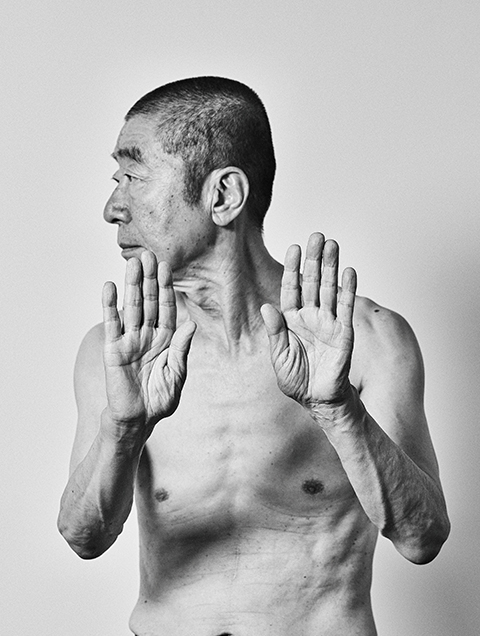
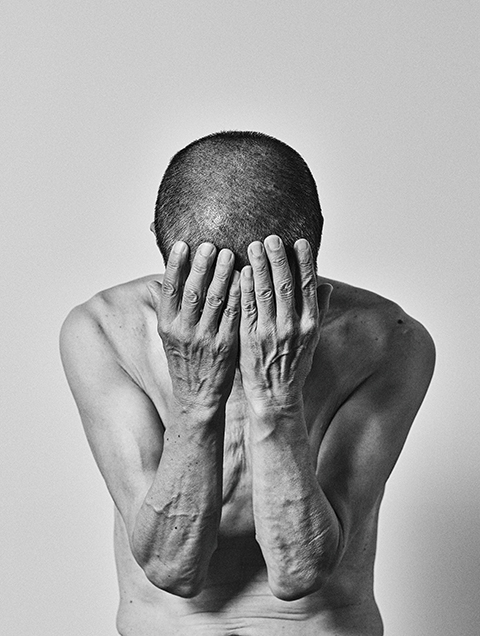
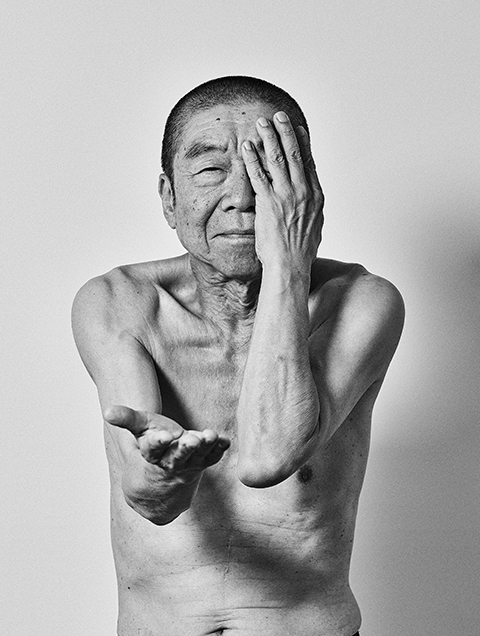
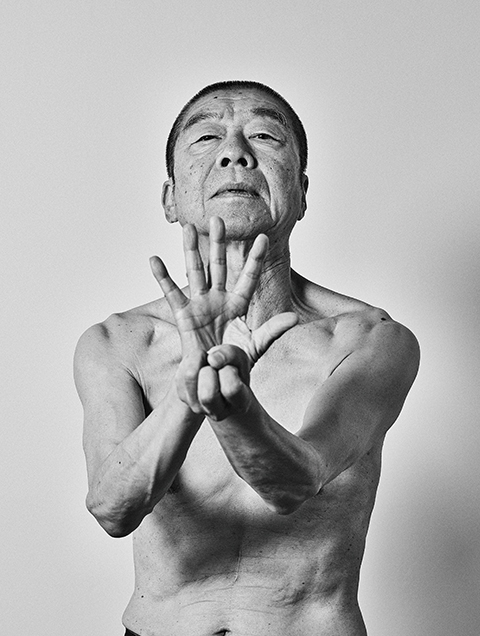
Nanjang: A Distinctively Korean Festival
“I decided to make a comeback in mime came after hearing that Korean mime was in danger of extinction.” In order to revive Korean mime, he established the “Chuncheon International Mime Festival” with his colleagues. “The foremost concern when creating the festival was, ‘how to attract people’s interest.’ I wanted to create a festival unique to Korea. That’s when I saw the prototype of the festival in India. I witnessed the participants staying up all night for the festival, providing me with a profound understanding of the essence of a true festival.”
He found the answer in literature. About 100 years ago in Korea, during the Jeongwol Daeboreum (the first full moon of the Lunar New Year), people refrained from work for an entire month and indulged in the festivities. Through the genre of mime, he had a desire to create a unique festival specific to Korea. With this in mind, he created the captivating performance piece called ”Dokkaebi Nanjang,” which involved staying up all night.
When the Chuncheon International Mime Festival is held, a Nanjang, where the audience can play together, unfolds along with the performances—including “Ah! Surajang.” It was inspired by Chuncheon, a city of water. “Above all else, I wanted the people who come to the festival to escape from everyday life and indulge. Chuncheon is a city of water, but ironically, people couldn’t fully enjoy the water. I made ‘Ah! Surajang’ so that people could freely engage in water activities in the heart of downtown Chuncheon. The festival received an explosive response.”
Works Created Through Adversity
During his more than 50 years, he has staged countless mime performances. In particular, the most notable works, “Empty Hands” and “Red Room,” were created through adversities he faced in life. “In 1996, I was diagnosed with a brain tumor. I let go of everything and retreated to the mountains. While letting go of my greed and obsession and resting comfortably, miraculously, the brain tumor disappeared. Even the doctors called it a miracle. It was then I realized that ‘illness comes from the mind, the mind can destroy the body.’ ‘Empty Hands.’” We become free when we let go of attachments with empty hands. His brush with death offered new directions for his work. Explorations of the unseen soul and spirit began to emerge as themes. “Empty Hands” is rooted in Korean ceremonial rituals and shamanism. Its most significant characteristic is showcasing the essence and soul of humans through the use of objects such as sacred swords, Hanji (Korean traditional paper), incense and freshly drawn water.
“Red Room,” conceived while he was bedridden for six months due to a traffic accident in 2008, was another turning point, breaking the conventions of performance. “I wondered, ‘Can you mime even if you lack some parts of your body?’ Until then, the audience would just sit in their seats and watch the actor’s performance. I flipped this around and had the actor remain still while the audience moved. I installed many mirrors in the performance hall. The audience would wander among the mirrors, seeing their own reflections, and eventually reach me, the actor. At that moment, I engage in conversation with the audience, sharing red wine. ‘Red Room’ is a performance that breaks the mold.”
Like this, Yu’s works are experimental, fresh and astonishing. The reason his works can’t help but be experimental and astonishing is due to his relentless questioning about mime and his undying passion. For this reason, the story of Yu’s life, who is now 71 years old, continues to unfold in the realm of mime. “I once staged a performance titled ‘There, Not There.’ Unlike traditional mime, it didn’t involve revealing the entire body but showing only parts of it. I used a small flashlight to illuminate parts of my body to express myself. At that time, I thought, ‘I can perform without showing everything.’ Then, there must be a way to perform even if I’m not in this world anymore. I want to continue telling my story in this way.”
Throughout the photo shoot, his movements were brimming with energy. Under the hot lights, his deep gestures seemed to pose unending questions to the world.
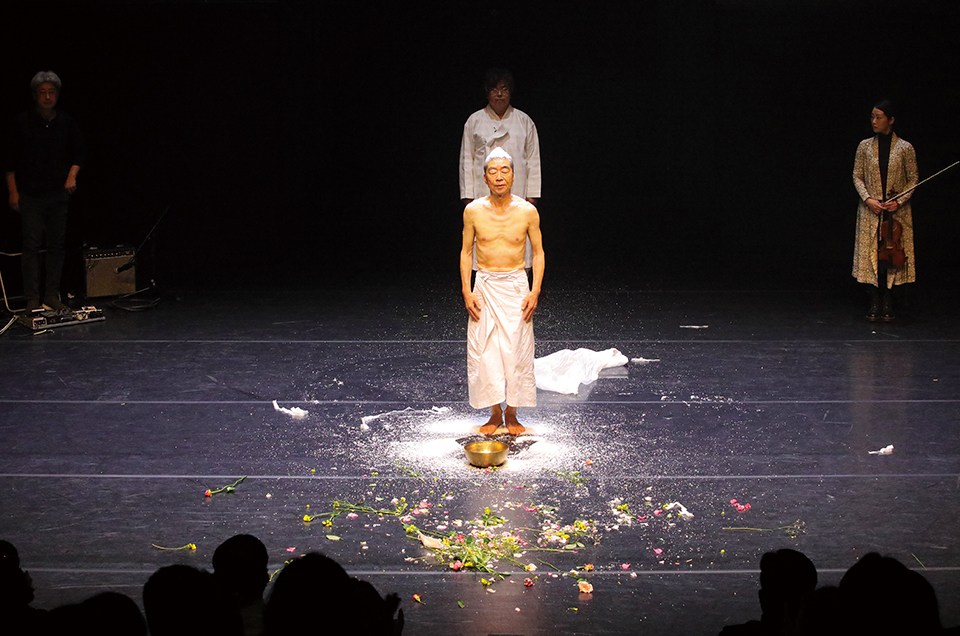 ‘Everyone is Ill’ from ‘I Did It My Way,’ celebrating 50 years of life as a mime. © Jang Seongha
‘Everyone is Ill’ from ‘I Did It My Way,’ celebrating 50 years of life as a mime. © Jang Seongha Awarded the Korean Film Prize
Awarded the Korean Film Prize at the 17th Jecheon International Music & Film Festival (2021), Mimeist.
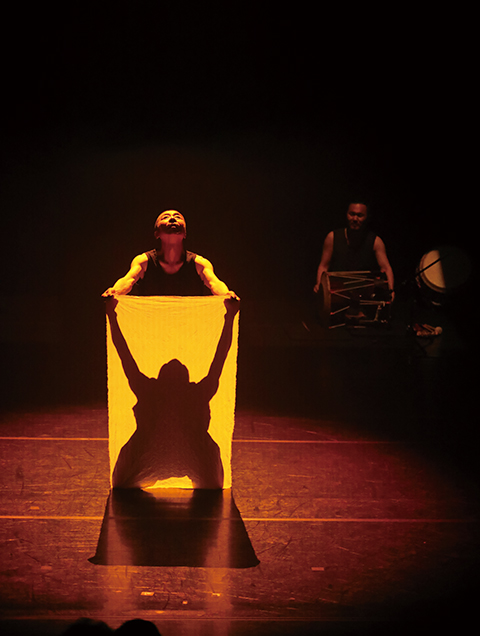 ‘Korean Paper’ from ‘The Empty Hands’. ©
‘Korean Paper’ from ‘The Empty Hands’. © View of all
View of all